Where do I begin on how to fish a jig. There are so many types of Jigs and different techniques. You can flip jigs, swim jigs, cast jigs etc…. So let’s start right there. We can break the jigs down to those 3 categories and that will give you a great start.
Before we get into those 3 types let’s just cover some of the basics. Jigs can be used year round. Some types will work better than others, but for the most part you can always have one tied on. The next thing is Jigs tend to catch bigger bass. A jig has a little bigger profile and is a little easier meal because the crawfish that they imitate for the most part cannot get away as fast as the baitfish. I mean humans love crawfish why wouldn’t a BIG Bass. Jigs generally are thrown around some type of cover. Grass, gravel, wood, rock, lily pads, stumps or brush are some good places to start when having your jig in your hand. The cool thing about a jig is they are easy to cast because they are generally a little heavier. Also they tend to be pretty weedless because most of them have some hook guards to keep them from getting snagged. You can use them up shallow, mid depth or out deep. The one thing you may have to understand is that you may not get as many bites on the jigs but the ones that you do will a lot of times be the bigger Bass. Now let’s move on to some of the 3 main ways to fish a jig.
Flippin and Pitching a Jig!!
This technique can be used all year around and all over the country. When you look to buy your jigs for flipping you will want to search heavy cover jig or flipping jig. You will also want to look for tungsten (a more dense metal) to be in the description.
Here is a great example of a flipping jig. You want to pair this with a Jig trailer that matches the skirt in some way. A strike king rage craw is a great example and has some cool legs that flutter and cause vibration on the way down to get a reaction bite.
Depending on what lake you are on you will want to have either braided fishing line or 100% fluorocarbon or a mixture of both tied together with a double uni knot. Clear water use clear line. Dirty water maybe you can get away with all braid. You will have to do your research online to figure out which line is best for each lake. I know in lake Okeechobee they use 65lb braid tied straight to the lure to get those big bass out of the heavy cover. Speaking of heavy cover when flipping around lots of grass you want to have a longer heavier rod like maybe this Lew’s flipping rod. If you are fishing a clear lake you could down size some of that. You will want to use a High speed reel so you can get as much line back as you can per turn of the handle.
When flipping you can make tons of casts and dissect an area. Pitching is an art and something that can be and should be practiced even in your back yard at home. Flip the cover and let the bait sink to the bottom, lift the rod up and down twice or three times and if you don’t get a bite reel it back up and make another pitch a couple feet or inches over. Rinse and repeat and have your trolling motor on low and turn your electronics off so there is not any extra noise. You can make pitches to trees and lay downs, lily pads, banks with rock and grass just to name a few.
Swimming a Jig
Swimming a jig can be a great thing to do especially in the spring, summer and fall. I know that in the summer when they stop coming up for top water I can throw out my swim jig in white over those brush piles on lake Lanier and get bit. There are several different colors you can use when swimming a jig. For the clear water lakes I like to use something in white like a Strike King tour swim Jig.
You can use a paddle tail trailer or something with two legs but regardless you absolutely have to have a trailer of some type when swimming a jig. Again the line type depends on the cover and water clarity. If I am at lake Guntersville I may use braid with a fluorocarbon leader. If I am at lake St. Clair or Lake Huron I will use all Fluorocarbon. You will cast this out and count your bait down where it gets into the part of the water column you are targeting and use a slow and steady retrieve. You will ad some pauses and jerks kind of like you would for a spinner bait or chatter bait. The rod needed for this is not as heavy duty as it is for flipping a jig. You will need a 7 foot to 7’2” medium heavy rod with a fast action tip. Again you will want to use a high speed reel. The bite on this tactic will feel like they have either knocked slack in the line or it will feel heavier all of the sudden. When you feel the weight, don’t debate, SET THE HOOK!!
Casting Jigs
So if I am casting a jig I am most likely going to be using a football head jig no bigger than a 1/2 oz. I like to throw this bait on rock, gravel, stump flats and on ledges like Kentucky Lake is known for. If I am fishing in heavy timber down deep like lake Lanier has than I will use something like this so I do not get snagged quite as much.
This head just seems to come through that heavy cover and wood a little easier. With this I like to drag these on the bottom. Pull Pull Pause to imitate a crawfish moving through the water. Also it is important to let a pause of like five seconds in between each sequence of pulls. This gives those skirts more time to expand which looks like a defensive posture to the bass. It also draws more attention to the bass that are around. If you don’t believe me take your jig and drop it in a bucket and watch how the skirts react when they are sitting still. I will use the same type of rod that I used for swimming a jig and I will use braid to a fluorocarbon leader or 100% fluorocarbon when fishing this way. Casting a jig can be used all year long. The bite with a jig can be tricky. If you are flipping and feel a bite you should set the hook right away. If you are casting or swimming wait until you feel the extra weight and then set the hook.
K.I.S.S. Keep It Simple 4 Success
As far as colors go you really only need 4 colors for most lakes in the country. Green Pumpkin, Brown, Black and Blue and White. The white will be more for the swim jig or for bedding bass. I love the brown in the fall. The black and blue in the spring and summer in dirty water. Green Pumpkin anywhere and everywhere!!
Tight Lines,
H.O.B.
PS. If you want an awesome box for holding your jigs look no further than the Plano Edge Master Jig/Bladed Jig Box. These things are absolutely awesome and state of the art!!

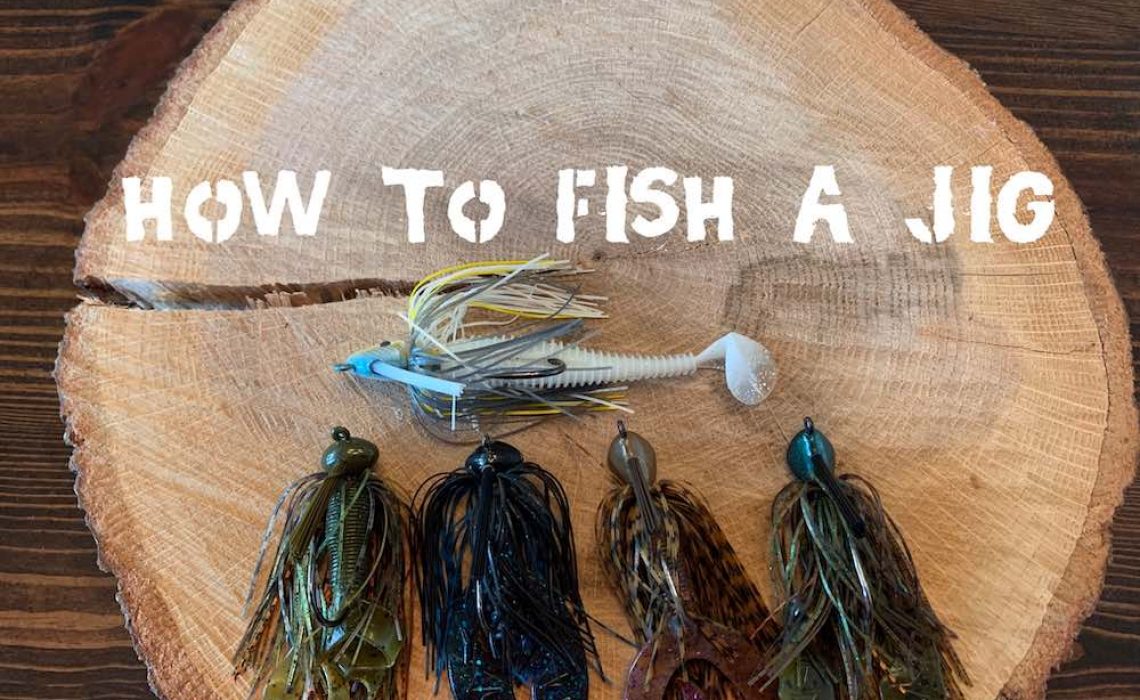
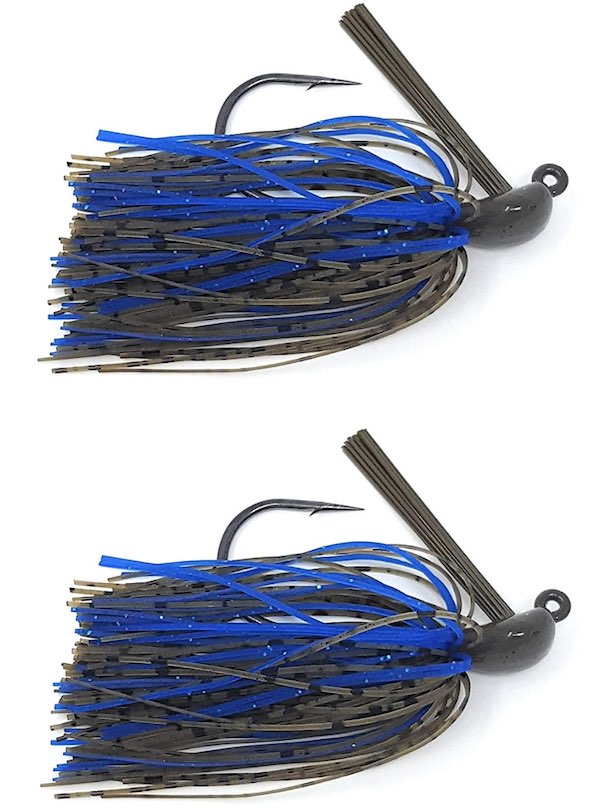
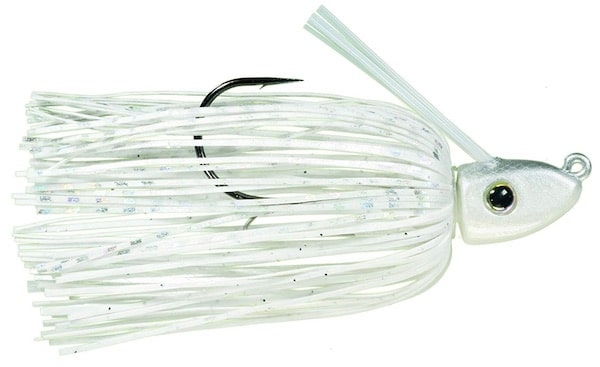
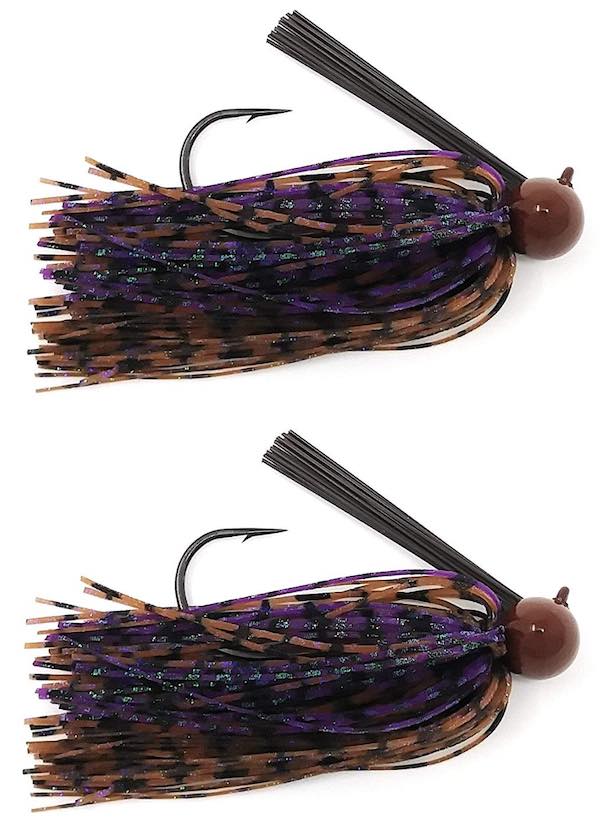
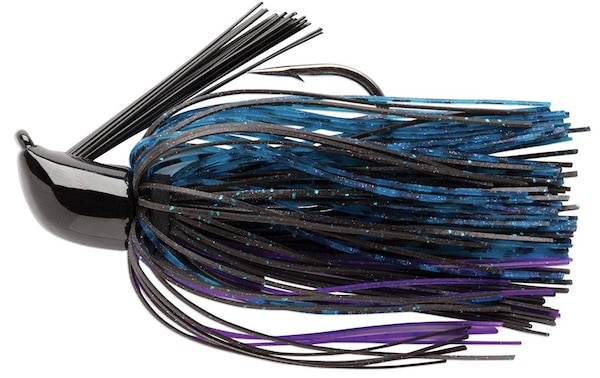
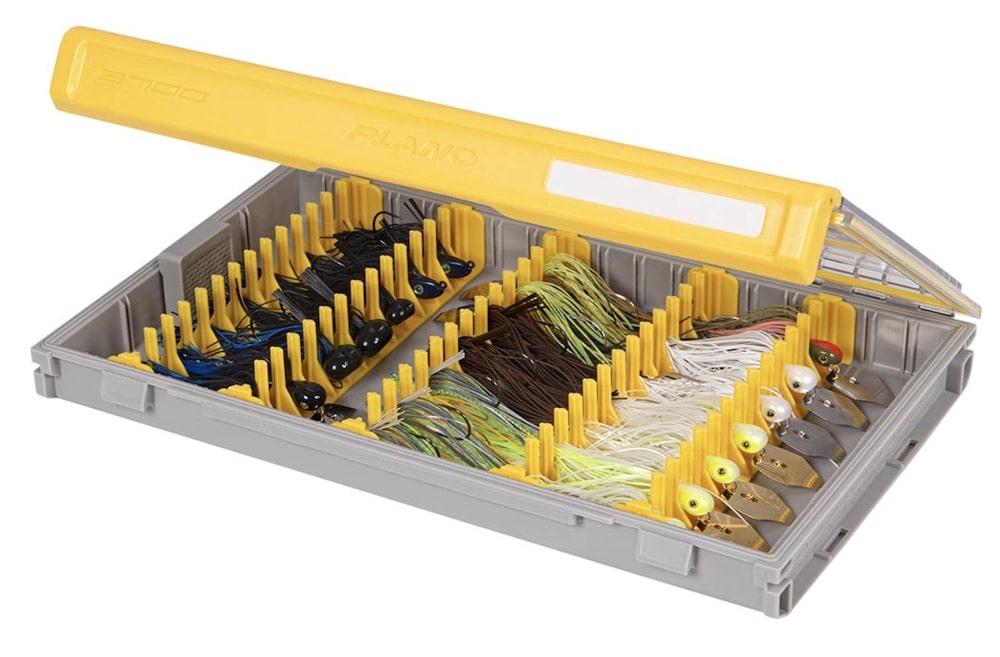

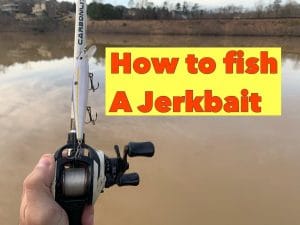

This Post Has One Comment
For successful jigging, the jigger needs to use a rod which is good for feeling a strike, and needs to stay in contact with the lure and get it to where the fish are. Most fish caught by jigs are on or near the bottom.
Comments are closed.